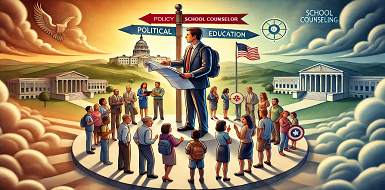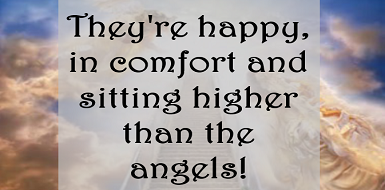Susan Rardon
Rose, Ph.D.
School Counselor Response to the Peer Pressure Riddle

The ugly reality is that peer pressure reaches its greatest intensity at just the age when kids tend to be most insensitive and cruel. ~ Walt Mueller
Adolescence ushers in a phase where friends become the most important part of one’s existence. And, with those relationships comes the added responsibility of working with those friends or peers. Peer pressure has been around since the dawn of time. Most of us can think of several stories with peer pressure as the theme.
The one that comes to mind most often, for me, is Mark Twain’s The Glorious Whitewasher (Chapter two of The Adventures of Tom Sawyer). If you weren’t lucky enough to have this as part of your reading in school, a summary follows from Spark Notes (SparkNotes Editors, 2017).
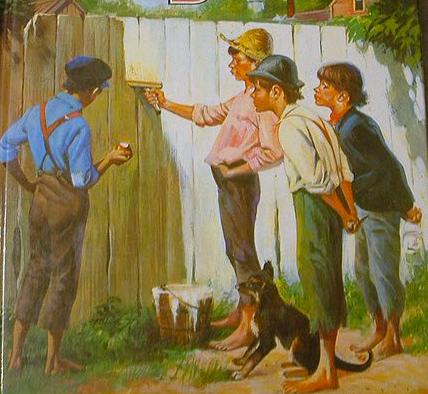
On Saturday morning, Aunt Polly sends Tom out to whitewash the fence. Jim passes by, and Tom tries to get him to do some of the whitewashing in return for a “white alley,” a kind of marble. Jim almost agrees, but Aunt Polly appears and chases him off, leaving Tom alone with his labor. A little while later, Ben Rogers, another boy Tom’s age, walks by. Tom convinces Ben that whitewashing a fence is great pleasure, and after some bargaining, Ben agrees to give Tom his apple in exchange for the privilege of working on the fence. Over the course of the day, every boy who passes ends up staying to whitewash, and each one gives Tom something in exchange. By the time the fence has three coats, Tom has collected a hoard of miscellaneous treasures. Tom muses that all it takes to make someone want something is to make that thing hard to get.
The kids wanted to belong and have “grown-up” fun so much that they were willing to accept that what would be considered work on any other day was actually fun. It goes back to Maslow’s hierarchy and the need to belong. This is why it is so important that we use our leadership skills as School Counselors to help them choose the right friends. Everyone is doing it seems to be all that is necessary for justification. Yet, we as adults have to be cautious of two questions:
1.) Who is everyone?
2.) What is “it”? ( What is it that they are doing?)
We’ll discuss these answers in the next blogs.
As counselors, we have to accept peer pressure, recognize it, and deal with it as peer pressure comes at us from all sides. Yes, I said us. We do not outgrow it once we’re adults. Sometimes it is positive, but more often than not it is negative. It seems to be an oxymoron in our Western society that we pride ourselves in our differences but still want to fit in with the rest by being alike. We must help our students to learn to embrace the differences and role model that by doing it ourselves. Magnificence is in all of us. We need to be our student’s cheerleaders and help their peer become the same, so that peer pressure can become positive.
References
SparkNotes Editors. (2005). The Glorious Whitewasher.
I am a school counselor turned counselor educator, professor, and author helping educators and parents to build social, emotional, and academic growth in ALL kids! The school counseling blog delivers both advocacy as well as strategies to help you deliver your best school counseling program.

I'm a mother, grandmother, professor, author, and wife (I'll always be his). Until October 20, 2020, I lived with my husband, Robert (Bob) Rose, in Louisville, Ky. On that awful day of October 20,2020, my life profoundly changed, when this amazing man went on to Heaven. After Bob moved to Heaven, I embraced my love of writing as an outlet for grief. Hence, the Grief Blog is my attempt to share what I learned as a Counselor in education with what I am learning through this experience of walking this earth without him. My mission is to help those in grief move forward to see joy beyond this most painful time.

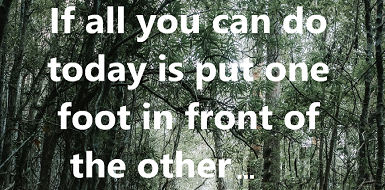

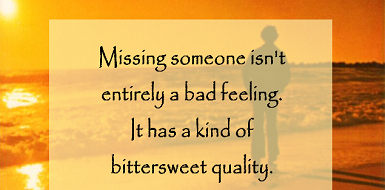
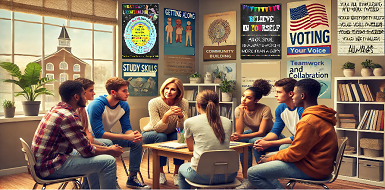
Useful Links



